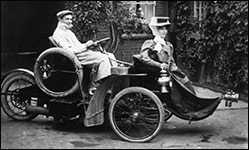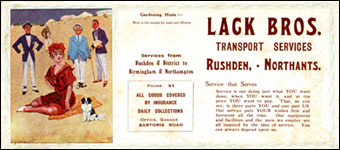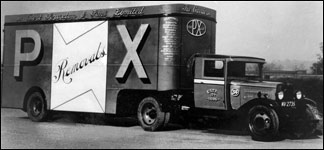|
|||
|
Transport - Overview
|
|||
|
|||
|
Rushden was on the main coaching route from London to the North, and the Swan (or Swan & Dolphin) Inn, later called the Coach & Horses, was the main stop for changing horses and overnight rest. Coaches were not a comfortable way to travel with no springs in the coaches and deep ruts in the roads. Village people would walk wherever they needed to go, the farmers would have a horse and cart and the gentry would have a carriage to travel within the local community. Some goods and services would have been provided by the river boats and barges plying their trade along the river Nene, some three miles distant at Ditchford Mill or at Higham Wharf, but there was still a need for carts to bring the goods into the village. When the road to the North was improved in the 18th century and the Turnpike roads with tollgates at each town entrance were established, travel became easier. With that ease, came the ability for wider trading opportunities and a man with his cart could offer a transport service to take goods farther afield. Regular services were then offered to the market towns and trade became more established. In the 19th century when the railways were built, the carriers would transport goods to the railway station and bring back raw goods for processing, and supplies of a much wider range of goods became available. International trade and travel became possible. [Mr A T Ginns, blacksmith, came to Rushden in 1849, and it was about 12 months before his arrival that the old coach and horses ceased to run through Rushden, from London to north.] In the early 20th century the gentry would take excursions to the coast or tour the countryside making visits to friends and family. This was the birth of the “holiday” and some of the local factory owners took their employees on “annual outings”, perhaps to a neighbouring village, where they would be served tea and enjoy the sights of another place. Churches would sometimes take their members for a day trip to visit the church in nearby villages. With further expansion, so the factory owners organised more adventurous trips for their employees, and at the peak John White took four trains carrying his employees to London. Air transport was born after aeroplanes had proved their worth during the First World War, and after the Second World War travel to foreign countries gradually became affordable to the masses. The huge difference between life in 1900 and life in 2000 was due to the advancement of transport. Horizons for everyone had changed in needs, wants, abilities, capabilities and availability. |
|||


